Sitol® Deck Bonding
Hybrid polymer-based adhesive-sealant with extended open time for natural and synthetic teak.
Hybrid polymer-based adhesive-sealant with extended open time for natural and synthetic teak.
Variations
Application areas
Discover more
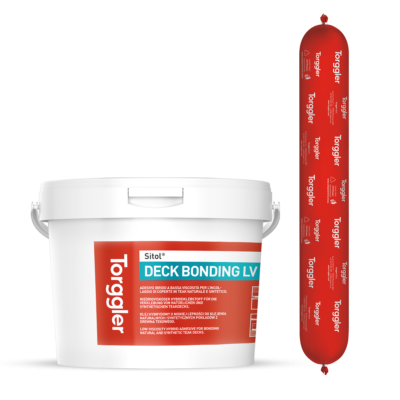
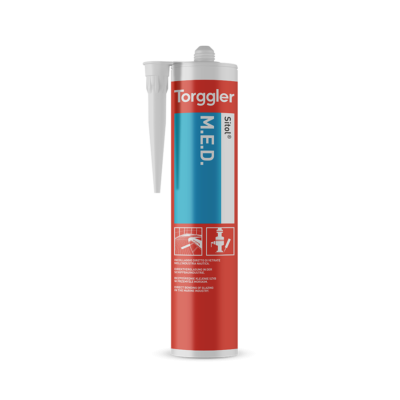
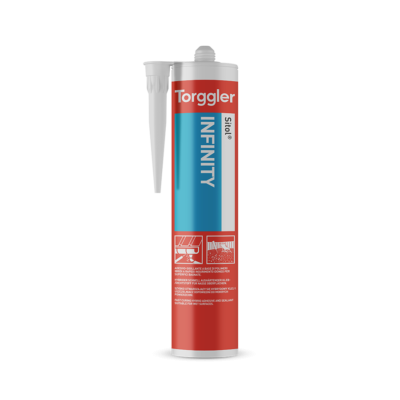
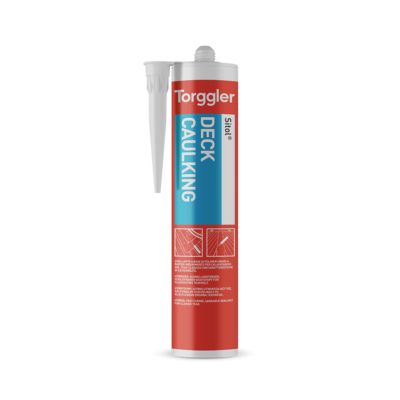
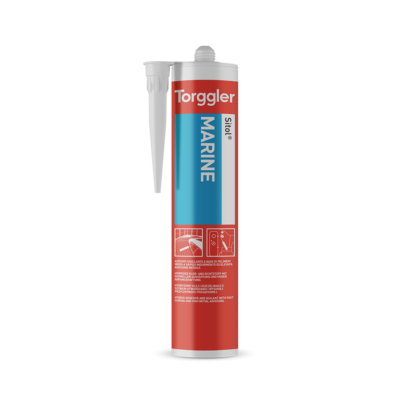

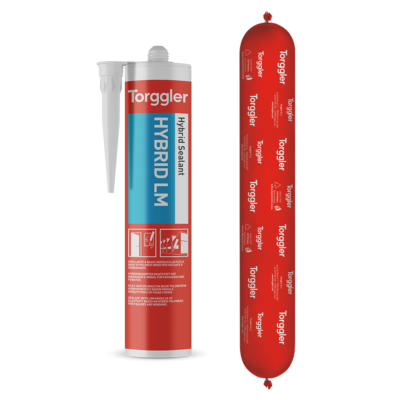
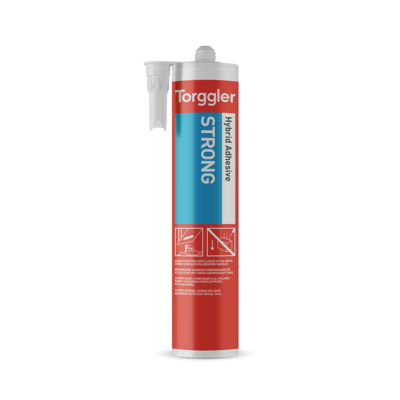
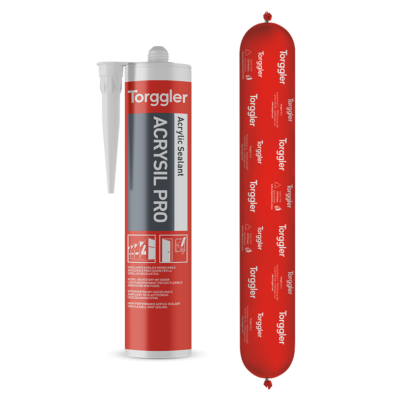
Sitol® Deck Bonding is a high-quality, professional adhesive-sealant based on hybrid polymers that hardens by reaction with moisture to form a permanently elastic mass. Hardening is characterised by prolonged open time. With constant elasticity from -30 °C to +100 °C, it absorbs vibrations and acoustically insulates bonded elements. It has excellent resistance to UV radiation, ageing in general, chemicals, salt water and mould formation. It does not shrink, it does not crumble. It is free of solvents and isocyanates. It adheres without primer to typical materials of the marine industry, natural and synthetic, smooth and porous, even wet, provided they are clean, degreased and compact. (In the case of stressed substrates it is recommended to treat the surfaces with Sitol® Primer Deck Caulking).
The application temperature of both environment and materials can vary between +5 and +30 °C. Substrates must be solid, clean and free of oil or dust.
In the case of application as a sealant, avoid air entrapment by smoothing with Smooth before the surface layer forms.
Cleaning
In the plastic status of the sealant, using acetone or other solvent; after hardening, only mechanically.
Sitol® Deck Bonding must be stored in a dry and cool environment. Under these conditions, storage stability is at least 12 months. Avoid humid environments, heat sources and direct exposure to sunlight. Cartridges/bags that are not completely consumed can be stored for about 3 months if tightly closed.
| Color | Code | Packaging | Packaging size | Pallet | Barcode |
|---|---|---|---|---|---|
| White 9016 | 5663 | cartridge | 12x290 ml |
104 cardboards
|
|
| Black 9005 | 5674 | cartridge | 12x290 ml |
104 cardboards
|
|
| White 9016 | 5668 | foil bag | 20x600 ml |
36 cardboards
|
|
| Black 9005 | 5686 | foil bag | 20x600 ml |
36 cardboards
|
Typical bonding and sealing on yachts and boats on deck/hull and below deck on wall, floor and ceiling.
| PARAMETER AND METHOD | VALUE |
| Density (ISO 1183-1) | 1.428 g/ml |
| Application temperature | +5 °C to +30°C |
| Surface cross-linking time (MIT 33*) | 20 min |
| Hardening speed from outside to inside at 23 °C (MIT 32*) | 2-3 mm in 24 hrs |
| Operating temperature | -30 °C to +80 °C |
| Surface hardness (ISO 868) | Shore A 47 |
| Volume change (EN ISO 10563) | 3 % |
| Flow resistance (EN ISO 7390) | 2 % |
| Elongation at break (DIN 53504 – Die S3A) Die S3A) | 390 % |
| Tensile strength at break (DIN 53504 – Die S3A) | 1.5 MPa |
| Modulus of elasticity at 100 % (DIN 53504 – Die S3A) | 0.8 MPa |
| Elongation at break (EN ISO 8339/A – Alup) | 150 % |
| Tensile strength at break (EN ISO 8339/A – Al Alup) | 0.9 MPa |
| Modulus of elasticity at 100 % (EN ISO 8339/A – Alup) | 0.8 MPa |
| Maximum working elongation (ISO 11600) | ±20% |
| Odour after cross-linking | None |
* Torggler Internal Methods are available on request.
Contact our team for personalized support and product guidance.